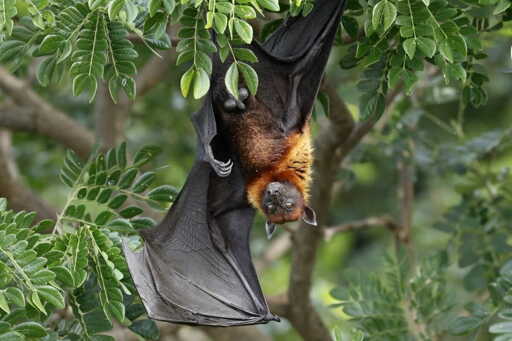Furry, feisty, and often on the wing, bats are tricky to observe, let alone to protect. Some species hibernate deep in caves or tree cavities for months at a time; many migrate long distances in search of food, shelter and potential mates. Their diversity of lifestyles often makes it difficult to include all bats within conservation plans. Designing and locating protected areas with bats in mind is a particular challenge. Numerous studies have found the small winged mammals are frequently overlooked in conservation areas across many biodiverse parts of the world, such as Africa, Brazil, and now, Vietnam. Only about 6% of the land where bats are found in Vietnam is included within its existing protected area network, according to a new study published in PLOS ONE. Nearly one-third of all bat species known from Asia are found across Vietnam’s remaining tropical forests, mountain valleys and cavernous limestone karst formations, where they face a slew of threats, with many species in decline. The study, by a team of biologists from Vietnam, Hungary and Taiwan, used spatial distribution models to analyze to what extent Vietnam’s protected areas encompass the range of 81 species of bats, including insect eaters, fruit eaters, and eight globally threatened species. They found the range of 78 species falls largely outside of the country’s protected areas, with threatened species particularly poorly represented. Le Quang Tuan, a biologist at National Taiwan Normal University and lead author of the study, told Mongabay that overlooking bats in conservation planning in…This article was originally published on Mongabay
From Conservation news via this RSS feed


